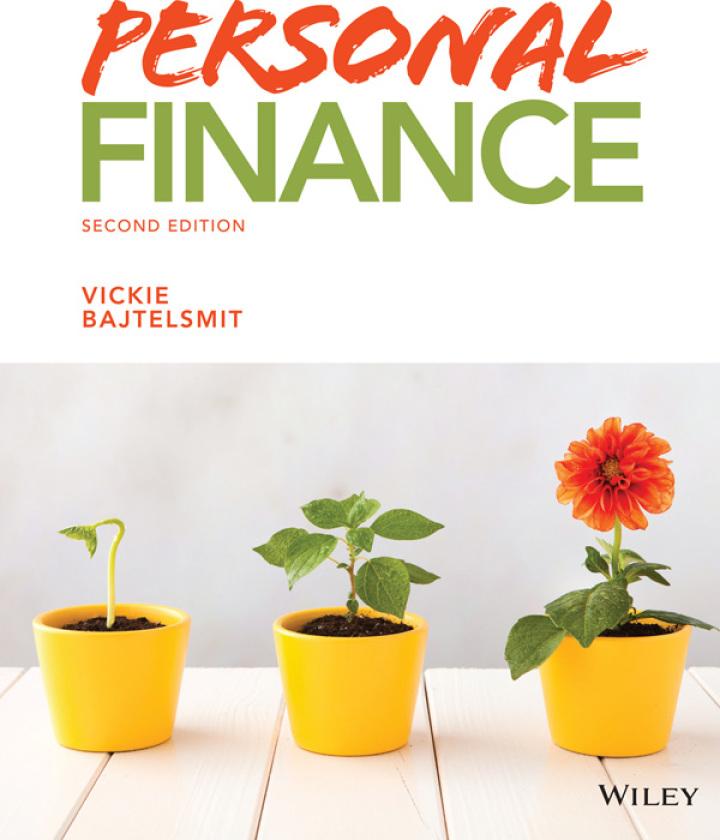Answered step by step
Verified Expert Solution
Question
1 Approved Answer
Summarize and paraphrase the following: demand (instruments with the current dates, like open check), and payable at a future time (instrument with a future time)
Summarize and paraphrase the following:

demand (instruments with the current dates, like open check), and payable at a future time (instrument with a future time) PA Classification of Credit Instruments As to Acceptability. The instruments may be of either unlimited or limited acceptance. Those instruments which pass from hand to hand without question as to their source and which in effect possess the characteristics of money are considered of unlimited acceptability. The government credit money as well as private bank notes are examples of this type 2. As to Form. The credit instruments may either be orders to pay or promise to pay. An order to pay is generally defined as the order of one person to a second person to pay a third person a certain sum of money on demand or at a future determinable time. An order to pay therefore has three parties, namely, the drawer who gives the order, the drawee who is order to pay. and the payee who is to receive the payment. In a promise to pay, there are only two parties the person promising to pay, known as the maker, and the one to receive payment, known as the payee. The orders to pay may be in the form of checks, drafts, acceptances, or postal money orders. Promises to pay may be open book accounts, promissory notes, collateral promissory notes, letters of credit, and bonds. 3. As to Function. The credit instruments may be classified as credit money (used for medium of exchange), commercial credit instruments (used to facilitate the use of credit in short-term commercial pursuits), or investment credit instruments (used for long-term credit). 4. As to Negotiable Character. Credit instruments may either be negotiable or non-negotiable. To be negotiable, they must contain the following essentials of negotiability: the instrument must be in writing, there must be an unconditional order in the case of an order to pay), there must be a determinable future time of payment, there must be indicated a definite sum of money, the instrument must be signed by the drawer in the case of an order to pay) or the maker (in the case of a promise to pay), and the instrument must be made payable to order or to bearer Different Credit Instruments 1. Credit money is that kind of money which is issued by a government to represent the standard money or is in itself the standard money. It may or may not be convertible to specie reserves. If the commodity standard is adopted in the country, credit money is usually convertible. Otherwise, the credit money is inconvertible and is sometimes termed fiat money. 2. Commercial credit is substitutes for money on business transaction. These are promissory notes, checks, bill of exchange, bank draft and bank deposits 3. Investment credit is those which earn income in the form of dividends or interest. These are stocks and bonds
Step by Step Solution
There are 3 Steps involved in it
Step: 1

Get Instant Access to Expert-Tailored Solutions
See step-by-step solutions with expert insights and AI powered tools for academic success
Step: 2

Step: 3

Ace Your Homework with AI
Get the answers you need in no time with our AI-driven, step-by-step assistance
Get Started


